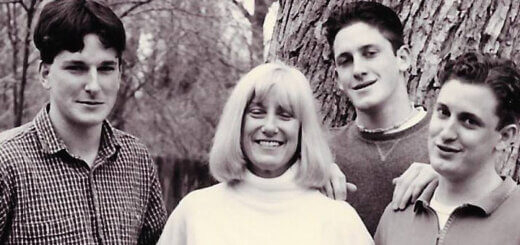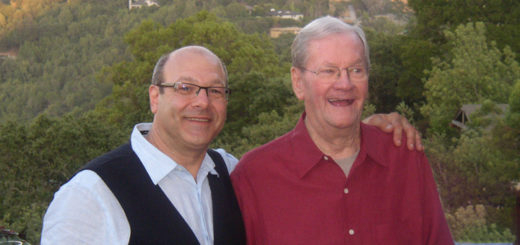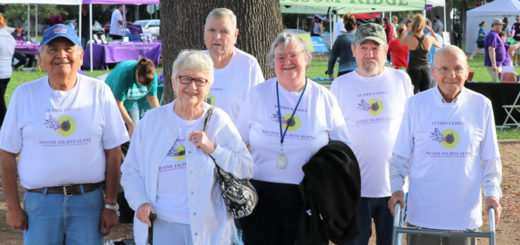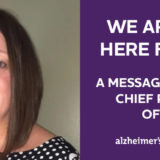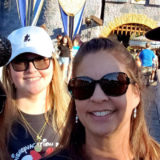Daughter grows closer to dad after diagnosis
A few years after her father was diagnosed with Alzheimer’s, Sylvia Sanchez’s mother, who was the primary caregiver, passed away. Sylvia and her siblings had to move their father into a care facility. Despite the diagnosis, Sylvia found herself spending more time with her father and learning a whole new side of him.
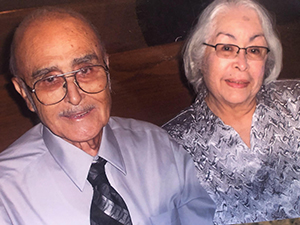
Moving to the United States
Luis N. Martinez moved to the United States in the 1950’s. He made his home in Stockton. Working for Diamond Walnuts, as a machine mechanic. During his 50 years of employment with the company, he met his wife, Patricia. They were married for 45 years and had five children together.
“My dad was a typical guy,” said Sylvia Sanchez, Luis’ youngest daughter. “He worked hard to support his family. We had everything we needed.”
Getting lost
In 2008 Luis left on a quick errand to the grocery store that was half a block away from his home. A few hours passed before he returned home. When Patricia asked where he’d been, he told her he had gotten lost and couldn’t find his way home.
“As soon as that happened, we immediately made an appointment with the doctor,” said Sylvia. “His doctor was great and quickly diagnosed him with Alzheimer’s and put him on medications to help with his symptoms.“
A conversation with the bank
After the diagnosis many changes needed to be made. One of the important changes involved money. “My father was the provider for the family. This meant that he was the one who made all of the financial decisions and he never forgot that,” said Sylvia. “He was always worried about how much money he had in the bank.”
“There was one time that Dad went to the bank to take out cash,” continued Sylvia. “When he came home, he couldn’t remember what he had done with the money.” At this point Patricia decided that she needed to talk to the bank. She worked with the bank to make sure Luis could still access his account information but couldn’t withdraw money unless he had a family member with him.
“The bank tellers were great,” said Sylvia. “They knew my dad by name. They would say, “˜Hello Mr. Martinez. Here is how much money you have in your account today.’ It really helped my dad feel like he still had financial control, which was important to him.”
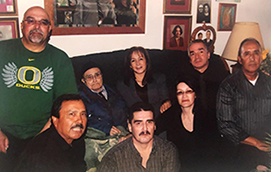
Coming together as a family
After Luis was diagnosed, his children came together to support Patricia. “There are so many of us kids, that one of us was always at the house with him. My brother lived with them which helped a lot,” said Sylvia. “I lived out of town but would go over every weekend to help my mom cook and clean. I’d take Mom out or help with the bills. We’d do whatever we could to help my mom.”
When Patricia passed in 2011, the siblings rallied together. This included five siblings from Luis’ first marriage. They made sure they were all on the same page about their dad’s care. “There were four of us who lived nearby who made the decisions, but everyone was involved.”
A hard decision
After the death of his wife, Luis remained at home as long as he could. His children did their best to care for him and eventually they found someone to provide in-home care.
“It was very expensive to have someone in his home 24/7,” said Sylvia. “We decided it was time to find a facility for Dad.”
Sylvia and her sister looked at many different facilities before finding one they liked in Lodi. Luis’ children didn’t like the idea of moving him out of his home. “At first I’d visit my dad and afterwards I’d sit in the car and cry,” said Sylvia. “I didn’t want to leave my dad there.”
As time went on, Sylvia continued to dislike the idea of her dad living in a facility, but she and her siblings knew that it was the best thing for him. “Dad was better off there than at home,” said Sylvia. “He would have been isolated at home. At the facility he was able to listen to his music, move about in his wheelchair and talk to other people.”
Learning new things about Dad
Sylvia and her siblings were given the opportunity to get to know their father better after he moved into the facility. “I didn’t know my dad had such a sense of humor,” shared Sylvia. “Growing up, he was always working and taking care of the family. There wasn’t a lot of time to sit down and get to know him.”
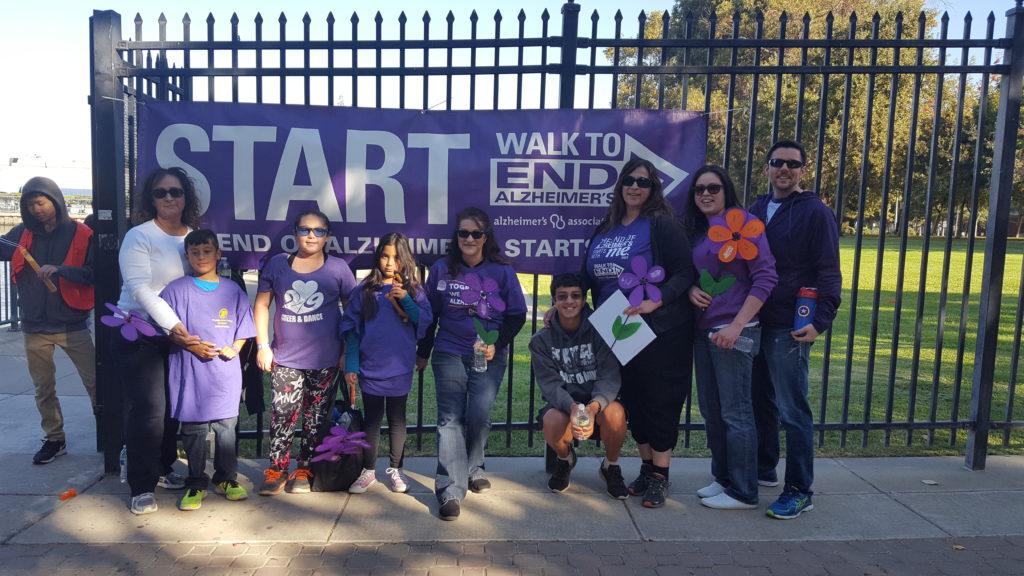
Sylvia would spend the day with her father, often taking him on a drive to get coffee, go shopping, visit the old neighborhood or see his work. “Dad was always excited to see me,” said Sylvia. “Every time he’d see me walk into the facility he’d say, “˜Okay I’m ready to go,’ because he knew we were going to go somewhere. Dad loved to tell me stories about his childhood or about mine. It was a side of him I’d never seen.”
Luis and Sylvia continued their visits until his death in 2017. He was 92.
Tips for Caregivers
For caregivers just beginning their journey, Sylvia recommends that you prepare ahead of time. “When my dad was diagnosed, we saw a lawyer,” said Sylvia. “We set up his power of attorney, a living will, and took care of the house. It was so easy for us when dad passed away because we went to a lawyer and got the advice we needed.”
Sylvia thinks that the most important thing is to live in their moment. “Don’t argue or fight with them if they don’t remember something or said something that is incorrect,” she suggests. “Find a way to change the subject. You can learn how to deflect the situation and guide them in another direction. My siblings and I learned these techniques from resources provided by the Alzheimer’s Association.“
Sylvia and her family found many helpful resources on alz.org. Find out how your family can be better prepared by visiting the Plan for Your Future page or calling our 24/7 Helpline at 800.272.3900.
Learn More:
- Alzheimer’s Association resources
- Alzheimer’s and other dementias
- Communication and Alzheimer’s
- Caregiver resources
- Caregiver health
- Plan for your future
- 10 early signs and symptoms of Alzheimer’s
- Alz.org in Spanish
- The Alzheimer”˜s Association is here all day, every day for people facing Alzheimer”˜s disease through our free 24/7 Helpline (800.272.3900) and website at alz.org





